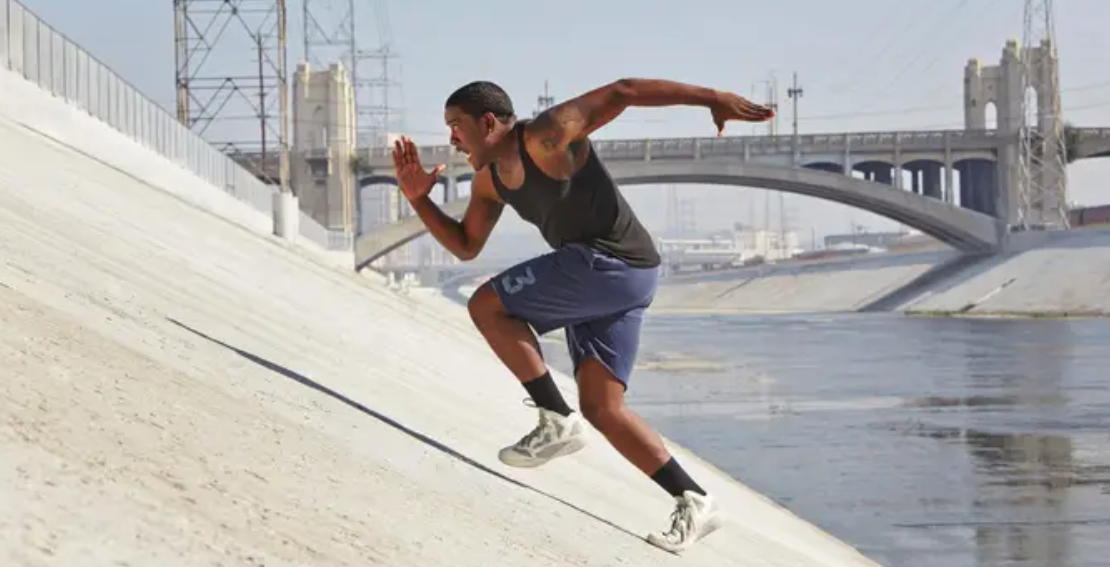Running faster isn’t just about pushing harder; it involves a blend of technique, strength, and smart training. Whether you’re a seasoned runner looking to shave seconds off your personal best or a newbie aiming to boost your speed, these 15 techniques will help you hit your goals.
1. Perfect Your Form
Good running form is essential. Maintain an upright posture, relax your shoulders, engage your core, and lean slightly forward from your ankles. This alignment reduces energy waste and enhances efficiency.
2. Optimize Stride Length and Cadence
Aim for a cadence of about 180 steps per minute. Focus on short, quick strides rather than long, slow ones. This helps reduce ground contact time and improve speed.
3. Incorporate Interval Training
High-intensity interval training (HIIT) is a game-changer. Alternate between short bursts of maximum effort and recovery periods. This boosts your cardiovascular capacity and speed.
4. Tackle Hill Sprints
Running uphill builds strength and power in your legs. Incorporate hill sprints into your routine to enhance your speed and endurance on flat terrain.
5. Strength Training
Strengthen your legs, core, and glutes with exercises like squats, lunges, and deadlifts. A stronger body translates to more powerful strides and better running economy.
6. Embrace Plyometrics
Plyometric exercises, such as box jumps and jump squats, improve your explosive power. This explosiveness contributes to faster sprints and quicker starts.
7. Warm-Up Properly
A proper warm-up is crucial. Perform dynamic stretches and drills to increase blood flow, improve range of motion, and prepare your muscles for the demands of running.
8. Do Speed Drills
Incorporate speed drills like high knees, butt kicks, and A-skips. These drills enhance leg turnover, coordination, and overall running mechanics.
9. Consistent Tempo Runs
Tempo runs at a comfortably hard pace build endurance and improve your lactate threshold. This means you can run faster for longer periods without fatigue.
10. Wear Proper Footwear
Choose running shoes that suit your foot type and running style. Proper footwear maximizes efficiency and reduces the risk of injury.
11. Prioritize Recovery and Rest
Recovery is as important as training. Ensure you get adequate rest between intense workouts to prevent fatigue and promote muscle repair.
12. Focus on Nutrition and Hydration
Fuel your body with a balanced diet rich in carbs, proteins, and healthy fats. Stay hydrated to maintain energy levels and improve performance.
13. Train Your Mind
Mental strength is key. Use visualization techniques and positive self-talk to stay focused and motivated, especially during tough runs.
14. Track Your Progress
Monitor your progress with running apps or a journal. Set goals, track improvements, and adjust your training plan based on your performance.
15. Join a Running Group
Training with others can provide motivation, friendly competition, and valuable tips to improve your running technique and speed.
By incorporating these 15 techniques into your training regimen, you’ll be well on your way to running faster and achieving your personal best. Remember, consistency and smart training are the keys to long-term improvement. Happy running!

